When Australia declared war on 20,000 emus
IT seemed like such a simple fix: using machine guns to dispatch emus ravaging wheat crops. But for a mad month in 1932 the Australian Army waged war on 20,000 emus. And lost.
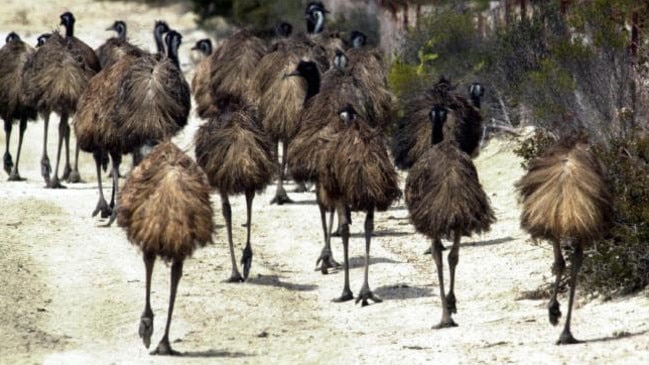
VIC News
Don't miss out on the headlines from VIC News. Followed categories will be added to My News.
FOR a mad month in late 1932 the Australian military was posted to a patch of desert in Western Australia where they hoped to machinegun thousands of an elusive enemy.
This enemy was formidable. Faster than the army’s trucks, able to traverse vast distances without supplies, and able to cause irreparable damage to local residents.
They were emus.
More Mitch Toy:
15 Victorian laws you never knew existed
What should really be included in your club’s membership pack
Farmers in the West Australian Campion region were at wit’s end defending their wheat crops from the countless, flightless birds that swept through farmland during migration to the coast.
Recovering from the Great Depression, the farmers needed every stem of their crops intact to stay afloat and the emus threatened to ruin them.
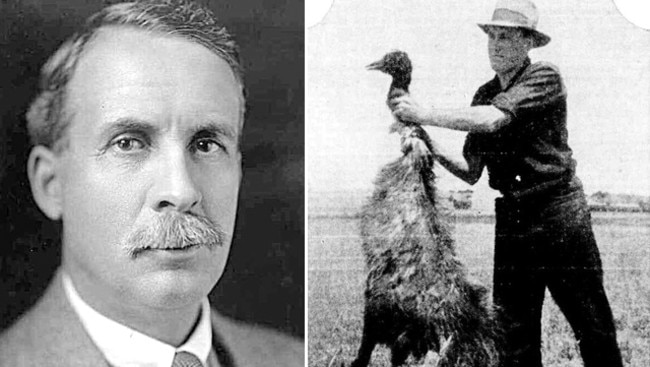
The emus had taken an intolerable toll on crops — millions of pounds in lost production that the agricultural sector could simply not afford.
It so happened that many of the farmers in that part of the country were returned WWI veterans and their military minds soon turned to a plan to combat the emus in the way they knew best; hacking into them with machineguns.
THE PLAN TO USE THE ARMY TO KILL THOUSANDS OF EMUS
A group of WA farmers took the plan to then Defence Minister Sir George Pearce, who, surprisingly, liked it.
There was little sentimentality about the emu as a national motif although one newspaper later noted: “This war, ironically enough, is one being continually waged against a creature regarded at home and abroad as a national symbol of Australia.”
But Sir George didn’t want to hand over a bunch of the military’s automatic Lewis guns — great for slaying infantry by the dozen — for the disorganised farmers to use themselves. That would be improper.
Victoria’s best conspiracy theories
No, the military itself would come to Campion to see this sorry matter sorted.
It might have helped that the farmers had been promised subsidies by the Federal Government that were later withdrawn and Canberra may have seen the planned emu massacre as a way to give the farmers a hand.
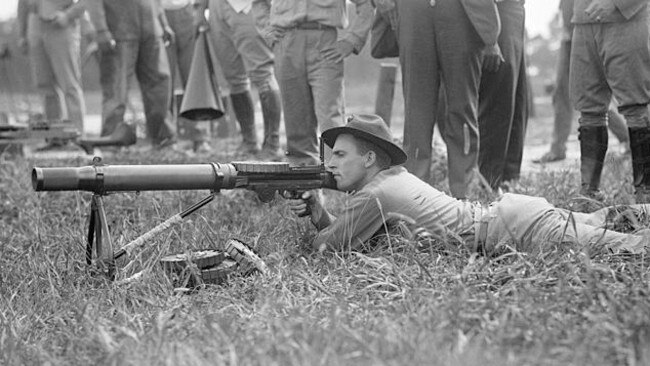
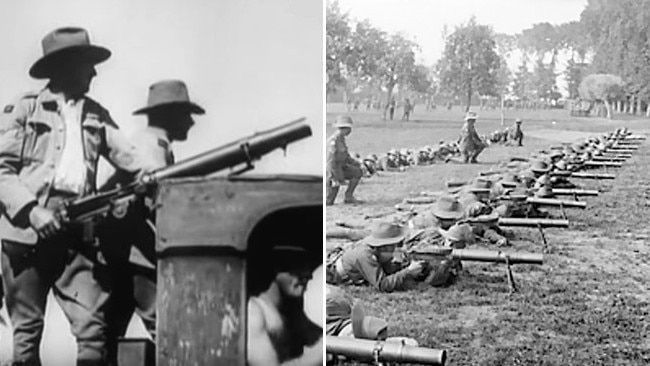
Besides, the emus would make excellent target practice, and if the boys could shoot a pack of emus they’d be better prepared facing a real enemy if the time came.
It was agreed the WA Government would pay for the operation, the farmers would lodge the soldiers and feed them, as well as forking out for the cost of the 10,000 rounds of ammunition.
Major G.P.W. Meredith of the Seventh Heavy Battery of the Royal Australian Artillery was given command.
It would be a cake walk, they thought. Get in close and cut the birds down.
But it wasn’t that easy.
THE BOTCHED AMBUSH ATTEMPTS
But when a group of the enemy was spotted across the plains, they were too far away for the guns to reach.
And when the soldiers tried to get closer, the enemy dispersed at high speed and couldn’t be chased.
There followed two attempts by the locals to help the army by funnelling the birds into an ambush, the second of which focused on a group of more than 1000 emus.
But those attempts also proved fruitless as the emus repeatedly divided into small groups to divide the army’s fire.
So far the soldiers were struggling to kill more than a dozen emus at a time and the crops were still being ravaged.
THE EMU ENEMY GETS ORGANISED
Despite further attempts to get closer to the birds, including moving further south where they were thought to be more accustomed to human presence and less likely to spook, things got worse for the army.
Each time they tried to attack, the emus kept splitting up.
Then, alarmingly, as one army official noted, the emus seemed to change their tactics to avoid the machine guns and keep on inflicting maximum damage on crops:
“(Each) pack seems to have its own leader now — a big black-plumed bird which stands fully six feet high and keeps watch while his mates carry out their work of destruction and warns them of our approach.”
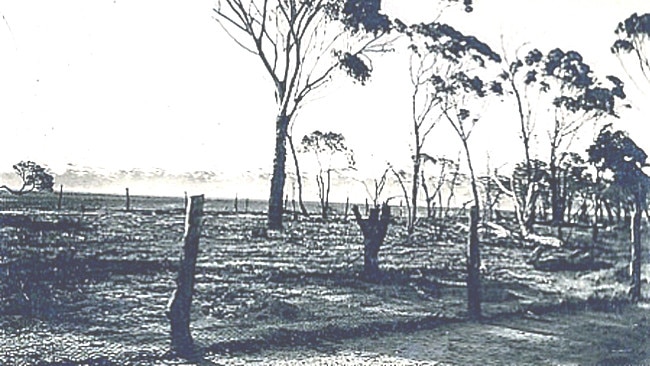
It was getting serious.
As one commentator put it:
“The machine-gunners’ dreams of point blank fire into serried masses of Emus were soon dissipated.
“The emu command had evidently ordered guerrilla tactics, and its unwieldy army soon split up into innumerable small units that made use of the military equipment uneconomic.”
Indeed, the cunning of the emus, and their tolerance of copping bullets, was so admired that Major Meridith for a moment appeared to consider recruiting them.
“If we had a military division with the bullet-carrying capacity of these birds it would face any army in the world.
“They can face machine guns with the invulnerability of tanks.
“They are like (African) Zulus whom even dum-dum bullets could not stop.”
The “dum-dum bullets” Meredith referred to would shatter and disperse metal through a devastating wound in the target, a horror of war to which the emus were curiously immune.
By the time the army retreated under public pressure and realising the emus were going nowhere, only 1000 of the birds has been killed.
That’s one emu death for 10 bullets used.
But Meredith claimed thousands more of the enemy might well have died later from wounds after being shot and running off.
The exercise was deemed a failure and subsequent requests by farmers over the coming two decades for more military assistance culling emus were hastily denied.
Instead an effective bounty system was introduced and stronger emu-resistant fences were developed.


